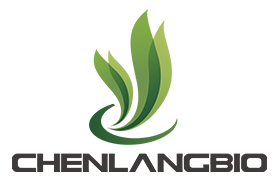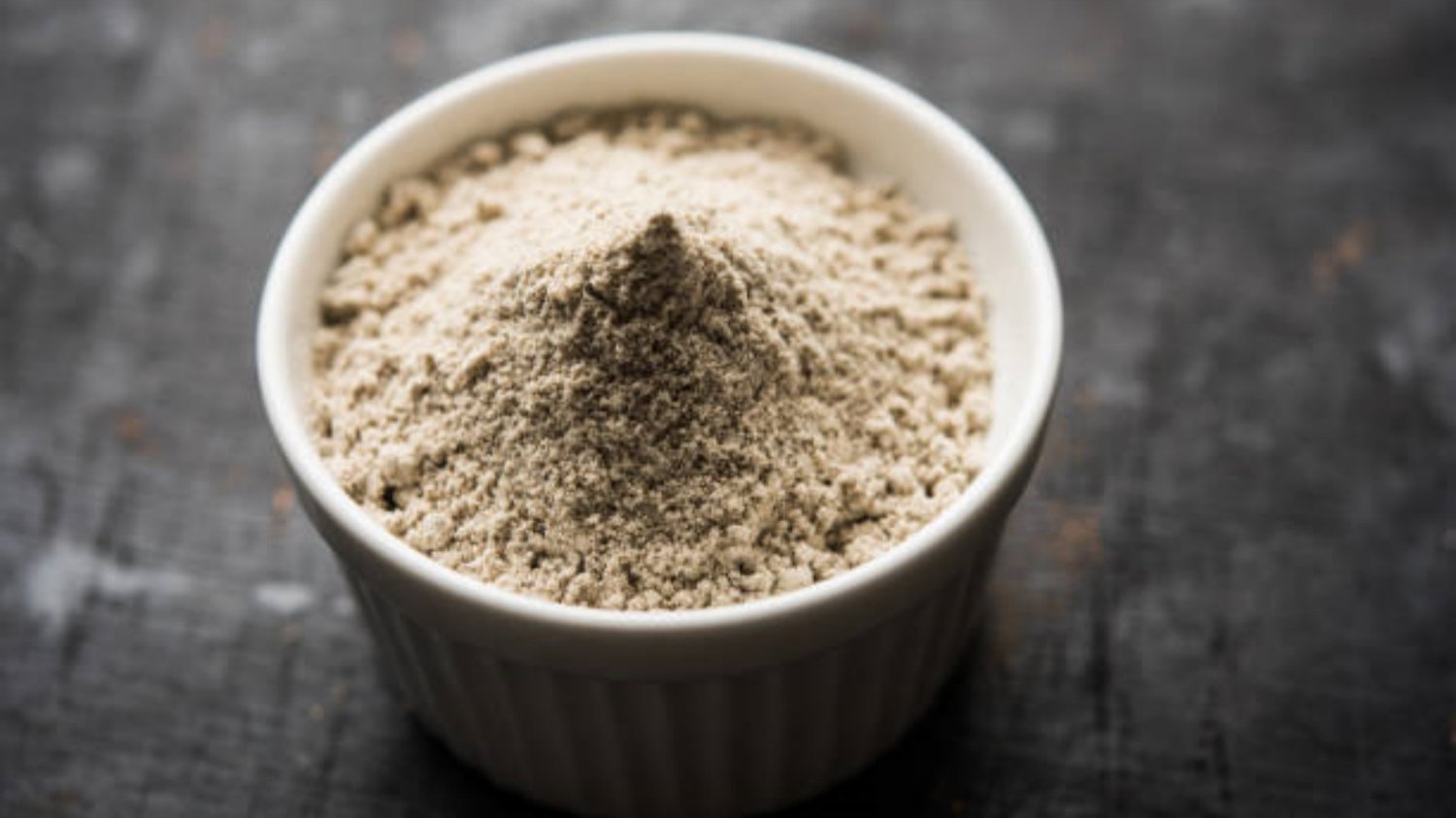Is Natroba the same as spinosad??
Introduction:
Natroba and spinosad are two terms that often come up in discussions about treating head lice. Many people wonder if these two treatments are the same or if there are any significant differences between them. In this article, we will explore the similarities and differences between Natroba and spinosad to help you understand which treatment may be more suitable for you or your loved ones.
Natroba: An Overview
Natroba is a prescription medication that is specifically formulated for the treatment of head lice infestations. It contains the active ingredient spinetoram, which belongs to a class of drugs known as spinosyns. Natroba works by targeting the nervous system of head lice, ultimately leading to their death.
Natroba is available as a topical suspension and is typically applied to dry hair. After application, it should be left on for at least 10 minutes before being rinsed out. It is important to follow the instructions provided by your healthcare professional or the product packaging to ensure effective and safe use of Natroba.
Spinosad: An Overview
Spinosad is the active ingredient found in various products used to treat head lice infestations. It is derived from a naturally occurring bacterium called Saccharopolyspora spinosa. Spinosad works by targeting the nervous system of head lice, causing paralysis and ultimately leading to their death.
Spinosad is available in different formulations, including topical suspensions and shampoos. Like Natroba, it is typically applied to dry hair and left on for a specific period before being rinsed out. It is crucial to carefully read and follow the instructions provided by your healthcare professional or the product packaging when using spinosad-based treatments.
Are Natroba and Spinosad the Same?
Natroba and spinosad are not the same, but they are closely related. Natroba contains the active ingredient spinetoram, which is a synthetic spinosyn compound. On the other hand, spinosad is the naturally derived active ingredient found in various products.
While both Natroba and spinosad work in a similar way by targeting the nervous system of head lice, there may be slight differences between them in terms of effectiveness and potential side effects. It is important to consult with a healthcare professional to determine which treatment option is best for you or your family members.
Effectiveness of Natroba and Spinosad
Both Natroba and spinosad have been shown to be effective in treating head lice infestations. However, the effectiveness may vary depending on factors such as the severity of the infestation and individual response to the treatment.
Studies have shown that Natroba and spinosad can successfully eliminate head lice when used as directed. It is important to carefully follow the instructions provided by your healthcare professional or the product packaging to maximize the effectiveness of the treatment.
Potential Side Effects
Like any medication or treatment, both Natroba and spinosad can have potential side effects. Common side effects of Natroba may include redness or irritation of the scalp, eye irritation, and dry skin. Rare but more severe side effects may include allergic reactions.
Similarly, spinosad-based treatments may cause side effects such as scalp redness, eye irritation, and skin irritation. It is essential to monitor for any adverse reactions and seek medical attention if necessary.
Consulting a Healthcare Professional
When considering treatment options for head lice, it is always advisable to consult with a healthcare professional. They can assess the severity of the infestation, consider any underlying medical conditions or allergies, and recommend the most appropriate treatment option.
A healthcare professional can provide guidance on whether Natroba or spinosad-based treatments are suitable for you or your loved ones. They can also provide instructions on how to properly use the chosen treatment to ensure optimal results.
Conclusion
In conclusion, Natroba and spinosad are both effective treatments for head lice infestations. While Natroba contains the active ingredient spinetoram, which is a synthetic spinosyn compound, spinosad is a naturally derived active ingredient found in various products.
Consulting with a healthcare professional is crucial to determine the most appropriate treatment option and to understand the proper use of Natroba or spinosad-based treatments. Remember to carefully follow the instructions provided to ensure the best possible outcome in eliminating head lice infestations.

